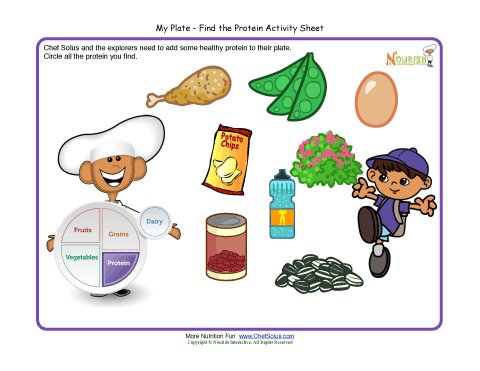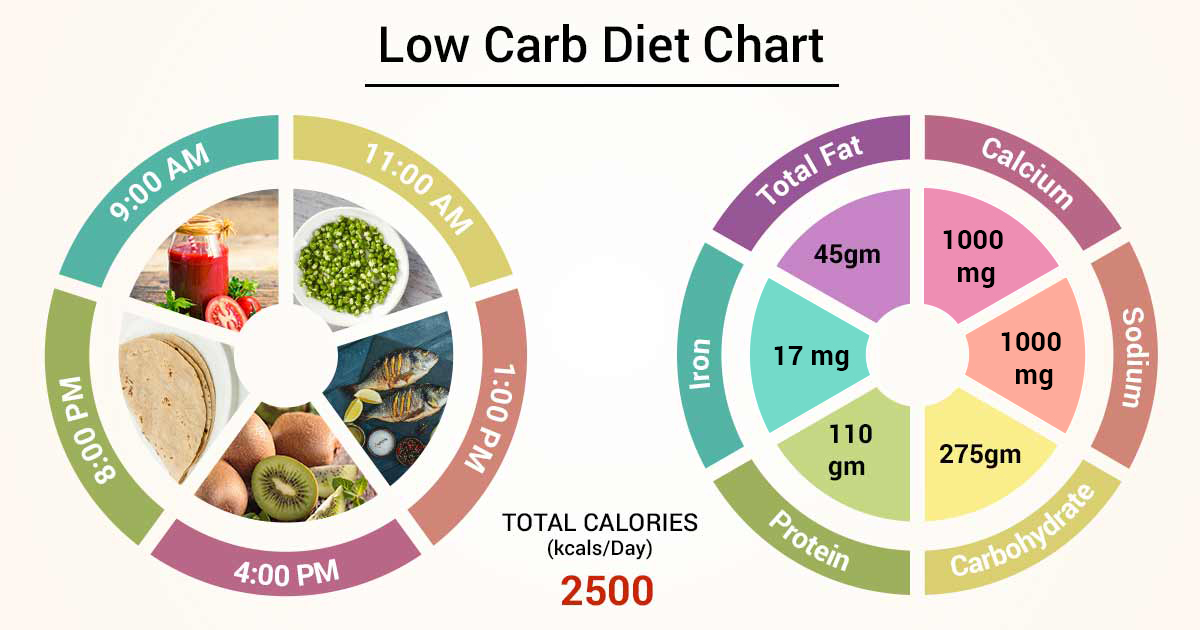
HIV and nutrition have complex relationships. There are many reasons a person might be underweight, or even malnourished. HIV sufferers have higher energy requirements. Moreover, the disease can impair a person's immune system, making absorption of nutrients less efficient. The disease's impact on the body and overall health is only made worse by under-nutrition. We'll be discussing the most vital nutrients for HIV-positive people in this article.
Several factors are involved in the link between HIV and nutrition. The first factor is the patient's ages. The symptoms of the disease include slow growth and wasting. If the patient is under 18, symptoms may not manifest for years. However, a person with a more severe HIV infection can experience a rapid onset of adolescence. Understanding how to support an individual's immune systems is crucial.

Opportunistic and other infections are another factor that can put pressure on your immune system. This means that your body will burn more calories and absorb less nutrients. In addition, people with advanced HIV also require more vitamins and minerals than healthy individuals. Anemia can result from a lack of vitamins or minerals, which could lead to kidney disease. As a result, it is essential to keep the immune system functioning properly.
The relationship between HIV/nutrition and HIV is complicated. However, the diet should form a major part of a HIV prevention plan. Your body requires all vitamins and minerals. A balanced diet should be well balanced. Talk to your doctor or a dietitian if there are any vitamins or minerals you are not getting. A registered dietitian is able to help you design a diet that will provide the nutrients your body demands. This can help you control your weight and improve your health.
HIV, nutrition, and vitamins can all have an effect on your overall health. Eating well and exercising regularly can help slow the progression of the disease and reduce the risk of an acute infection. Some people may have difficulty eating or adapting to a new diet due to HIV. Acute infections can be prevented by seeking medical attention. Your doctor should be consulted if you feel you don't get enough nutrients.

In addition to the physical effects of under-nutrition on HIV-positive individuals, HIV and nutrition can also have an impact on the immune system. A healthy diet is vital for anyone with this condition. HIV-positive individuals can improve their immune system, and even prevent other diseases. Combining good nutrition and HIV treatment can make a difference in a person's overall health. Long-term, these two conditions can lead you to live a longer, healthier and happier life.
FAQ
What are 10 healthy habits?
-
Every day, eat breakfast.
-
Don't skip meals.
-
Be balanced.
-
Get plenty of water.
-
Take good care of your body.
-
Get enough sleep.
-
Stay away from junk foods.
-
Do some form of exercise daily.
-
Have fun
-
Make new friends
How to measure your body fat
A Body Fat Analyzer can be used to measure body fat. These devices can be used to measure body fat percentages in people who are trying to lose weight.
How does an anti-biotic work?
Antibiotics are drugs which destroy harmful bacteria. Antibiotics are used to treat bacterial infections. There are many types of antibiotics. Some can be taken orally while others are injected. Others are topically applied.
Antibiotics are often prescribed to people who have been exposed to certain germs. If someone has chicken pox, they might need to take an oral antibiotic in order to prevent shingles. Penicillin might also be administered to someone with strep throat. This will help prevent the possibility of developing pneumonia.
Doctors should prescribe antibiotics to children. Children are at greater risk than adults for developing serious side effects from taking antibiotics.
Diarrhea, the most common side-effect of antibiotics, is probably diarrhea. Side effects of antibiotics include diarrhea, stomach cramps and nausea. These side effects are usually gone once the treatment is complete.
Is it possible to have a weak immune system due to being cold?
Cold weather can cause a decline in your immune system. Your body produces fewer white blood cell which fight infection. Being cold can make you feel more comfortable because your brain releases endorphins which help reduce pain.
How often should you exercise?
A healthy lifestyle requires regular exercise. There is no time limit on how much you should exercise. Find something you like and stay with it.
You should aim to do 20-30 minutes of moderate intensity exercise three times per week. Moderate intensity means that your muscles will continue to work hard even after you finish. This type is good for burning around 300 calories.
Walk for at least 10 minutes four days a weeks if you prefer walking. Walking is low-impact and easy on the joints.
You can also run for 15 minutes, three times per week. Running is a great exercise to build muscle tone and burn excess calories.
You can start slow if you're new to exercise. You can start with only 5 minutes per week of cardio. Gradually increase your cardio time until you reach the goal.
How do I know what's good for me?
Listen to your body. Your body knows what you need when it comes time to eat, exercise, and get enough rest. You need to be aware of your body and not overdo it. Pay attention to your body, and ensure that you are doing all you can to keep yourself healthy.
What's the difference of a calorie versus a Kilocalorie?
Calories can be used to measure how much energy is in food. A calorie is a unit of measure. One calorie represents the energy required to raise one gram of water's temperature by one degree Celsius.
Kilocalories can also be used to refer to calories. Kilocalories are expressed in thousandths (or a calorie). 1000 calories is one kilocalorie.
Statistics
- According to the Physical Activity Guidelines for Americans, we should strive for at least 150 minutes of moderate intensity activity each week (54Trusted Source Smoking, harmful use of drugs, and alcohol abuse can all seriously negatively affect your health. (healthline.com)
- In both adults and children, the intake of free sugars should be reduced to less than 10% of total energy intake. (who.int)
- This article received 11 testimonials and 86% of readers who voted found it helpful, earning it our reader-approved status. (wikihow.com)
- WHO recommends consuming less than 5% of total energy intake for additional health benefits. (who.int)
External Links
How To
What does the term "vitamins" mean?
Vitamins are organic compounds naturally found in food. Vitamins aid us in absorbing nutrients from the food we eat. Vitamins cannot come from the body so food must provide them.
Two types of vitamins exist: water-soluble vitamin and fat-soluble vitamin. Water-soluble vitamins dissolve in water easily. Examples include vitamin C,B1 (thiamine), B2 (riboflavin), B3 (niacin), B6 (pyridoxine), folic acid, biotin, pantothenic acid, and choline. Fat-soluble vitamins can be stored in the liver or in fatty tissue. Vitamin D, E, K and A are some examples.
Vitamins are classified according their biological activity. There are eight major types of vitamins:
-
A – Essential for normal growth, and the maintenance of good health.
-
C - important for proper nerve function and energy production.
-
D - essential for healthy bones, teeth, and gums.
-
E - Required for good vision & reproduction
-
K - essential for healthy muscles, nerves, and bones.
-
P - vital for building strong bones andteeth.
-
Q - aids digestion, absorption and absorption iron
-
R is required for the production of red blood cells.
The recommended daily allowance (RDA), for vitamins, varies depending upon age, gender, or physical condition. The U.S. Food and Drug Administration sets RDA values.
For adults over 19, the RDA for vitaminA is 400 micrograms per daily. Pregnant mothers need 600 micrograms per days because it is vital for the development and growth of their baby. Children ages 1-8 require 900 micrograms per day. Infants under one year of age require 700 micrograms per day, but this amount decreases to 500 micrograms per day between 9 months and 12 months of age.
Children aged 1-18 years need 800 micrograms daily, while children overweight require 1000 micrograms per days. Children who are severely obese or underweight will need 1200 micrograms each day.
Children aged 4-8 years old who have been diagnosed as having anemia require 2200 micrograms of vitamin C per day.
Adults over 50 years of age need 2000 micrograms per day for general health. Mothers who are pregnant, nursing, or have a high nutrient need will require 3000 micrograms a day.
1500 micrograms are required daily by adults over 70 because they lose approximately 10% of their muscle each decade.
Women who are pregnant or nursing need more than the RDA. Pregnant women require 4000 micrograms daily during pregnancy, and 2500 micrograms every day after birth. Breastfeeding mothers need 5000 micrograms per day when breast milk is being produced.